
Thor, as first introduced in Marvel Comics, brilliantly combined elements of mythology with the superhero genre. He immediately appeared as a powerful, thunder-controlling hero who exists between the worlds of Earth and Asgard. The core idea behind the character has always been straightforward and lasting: a hero who steps in to deal with dangers that are beyond the scope of ordinary people, while maintaining strong ties to humanity through ongoing relationships with doctors, soldiers, and scientists in New York City.
For many years, writers have built upon the basic idea of Thor with a familiar set of powers-like his hammer, Mjolnir, control over the weather, the ability to fly, and a lifespan that approaches immortality-along with developing his positions as an Avenger, a prince, and a king. Important storylines, new characters wielding the hammer, and increasingly large-scale cosmic events keep the mythology fresh, and a consistent group of supporting characters and villains provide a clear connection across different team-up stories and individual adventures.
Comic-Book Debut and Creation
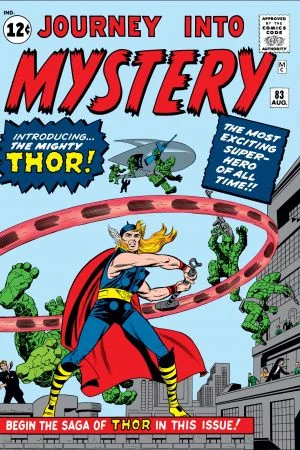
As a big fan of superhero origins, I always find it fascinating to go back to where it all began for characters like Thor. He first burst onto the scene in ‘Journey into Mystery’ #83, thanks to the incredible team of Jack Kirby, Stan Lee, and Larry Lieber. They didn’t just create a character, they established *everything* – the iconic hammer, the idea of being worthy to wield it, and the crucial connection between Earth and Asgard that drives so many Thor adventures. That first appearance also set the visual standard. You instantly *know* it’s Thor with that winged helmet, crimson cape, and circular disk armor – artists have updated the look over the years, of course, but it’s always instantly recognizable. It’s a testament to their original design, really. You can find more about the history of Thor here.
The initial anthology-style format allowed the Thor series to present standalone stories featuring threats like stone creatures from Saturn, sorceresses, and giants, before developing more complex, ongoing storylines. This established a formula that the comics continue to follow today: a new danger appears, a legendary or cosmic secret is uncovered, and the problem is solved through a combination of physical strength, mastery of storms, and knowledge of Asgardian mythology.
Founding Avenger and Team Roles
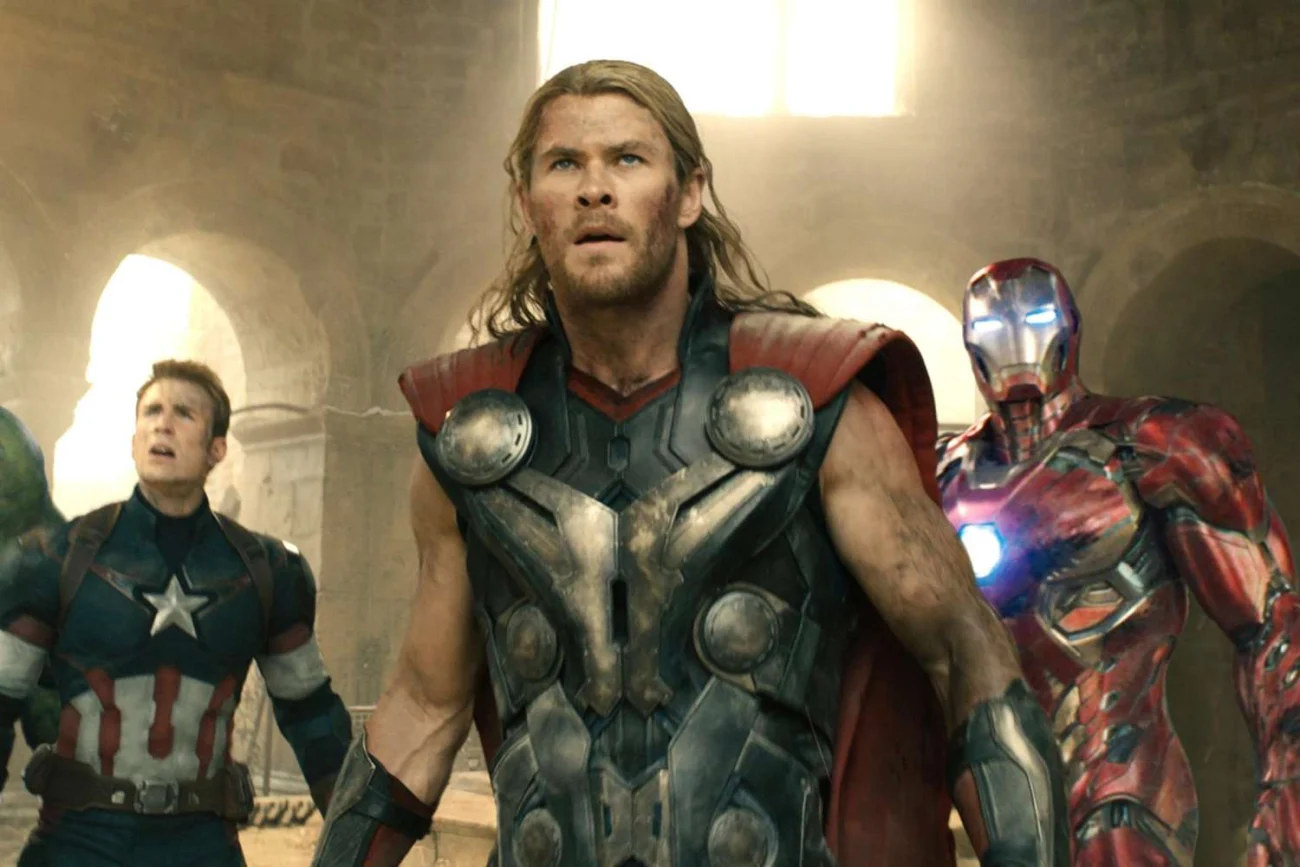
Thor is one of the original Avengers, making him a key figure in defending Earth from global threats, working with brilliant scientists, skilled spies, and other heroes with special abilities. He’s the team’s powerhouse, capable of absorbing powerful energy attacks, controlling the battlefield with storms, and quickly moving into action either by flying or using the Bifrost.
The team frequently centers stories around Thor when problems arise between different realms, as conflicts from Asgard’s politics and family life often affect Earth. Being a member also connects Thor to important ongoing efforts – things like joint training exercises, protecting the team’s base, and established emergency plans – which naturally leads to his involvement in events that span multiple storylines and titles.
Mjolnir’s Enchantment and Abilities
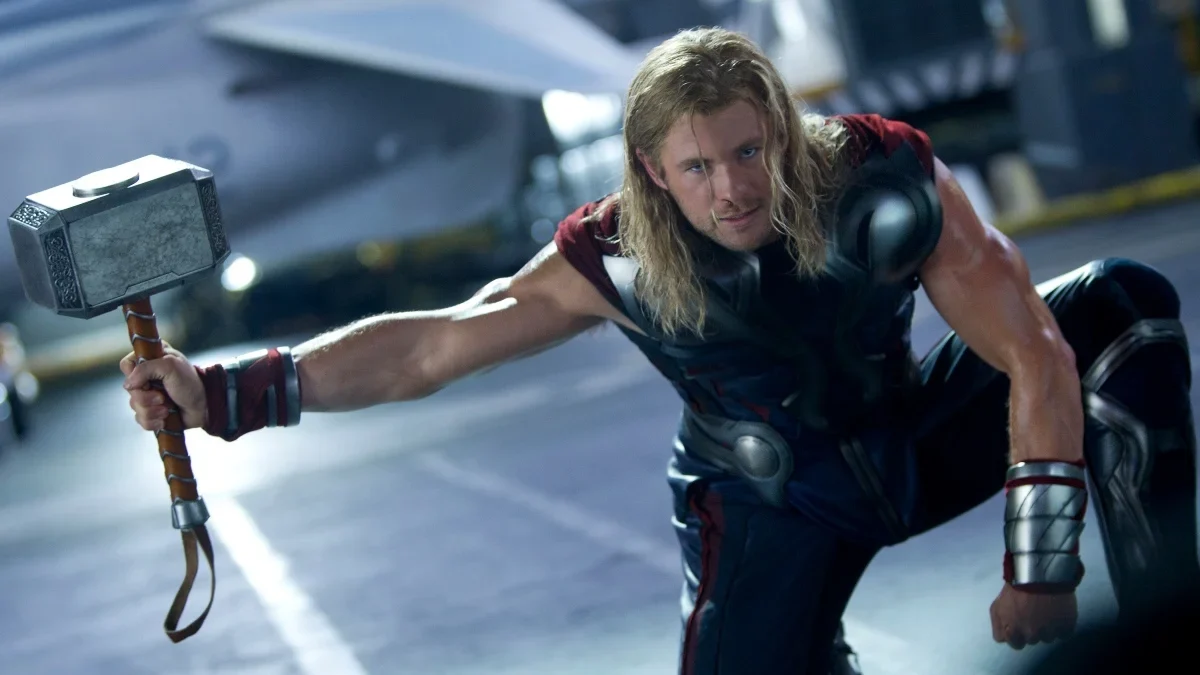
Mjolnir has a special enchantment that limits who can lift it. When someone worthy wields it, they gain the ability to fly, control the weather, project energy, and travel between dimensions. The hammer always returns to the person who threw it, and can be summoned from far away. It also protects nearby allies by channeling and controlling powerful energy, preventing it from harming them.
During battles and when traveling, Mjolnir acts as a highly accurate tool: it directs focused lightning strikes, creates defenses against energy-based attacks, and opens pathways-portals-to familiar locations such as Asgard or other dimensions. When not used in fighting, the hammer’s magical properties allow it to perform important duties in ceremonies, like confirming promises and officially acknowledging new leaders in Asgardian positions when the narrative calls for it.
Worthiness Arcs and ‘The Unworthy Thor’
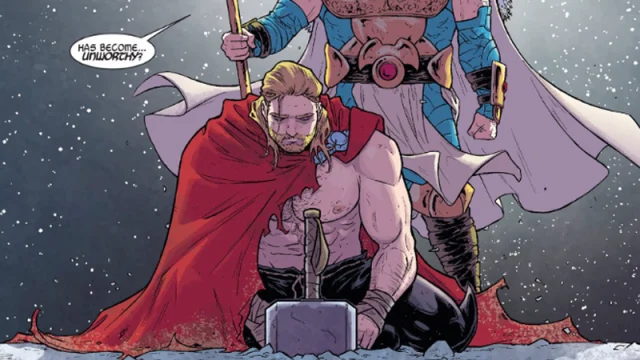
Throughout the history of Thor, there have been several instances where he’s been deemed unworthy and unable to wield Mjolnir, leading him to reconsider his purpose. ‘The Unworthy Thor‘ focuses on a time when the hammer is unavailable, requiring him to depend on other tools, friends, and his natural ability to control storms. The story explores what it truly means to be worthy and the results of failing to meet those standards.
These story arcs establish a way to continue Thor’s adventures even when the person wielding the hammer or the hammer itself changes, ensuring his role as a hero isn’t forgotten. They also open up opportunities for related storylines-like quests for missing objects, challenges from those who want the power of Thor, and explorations of what the hammer values in a hero-all while still maintaining the core mission of protecting Earth and Asgard.
Beta Ray Bill and Stormbreaker
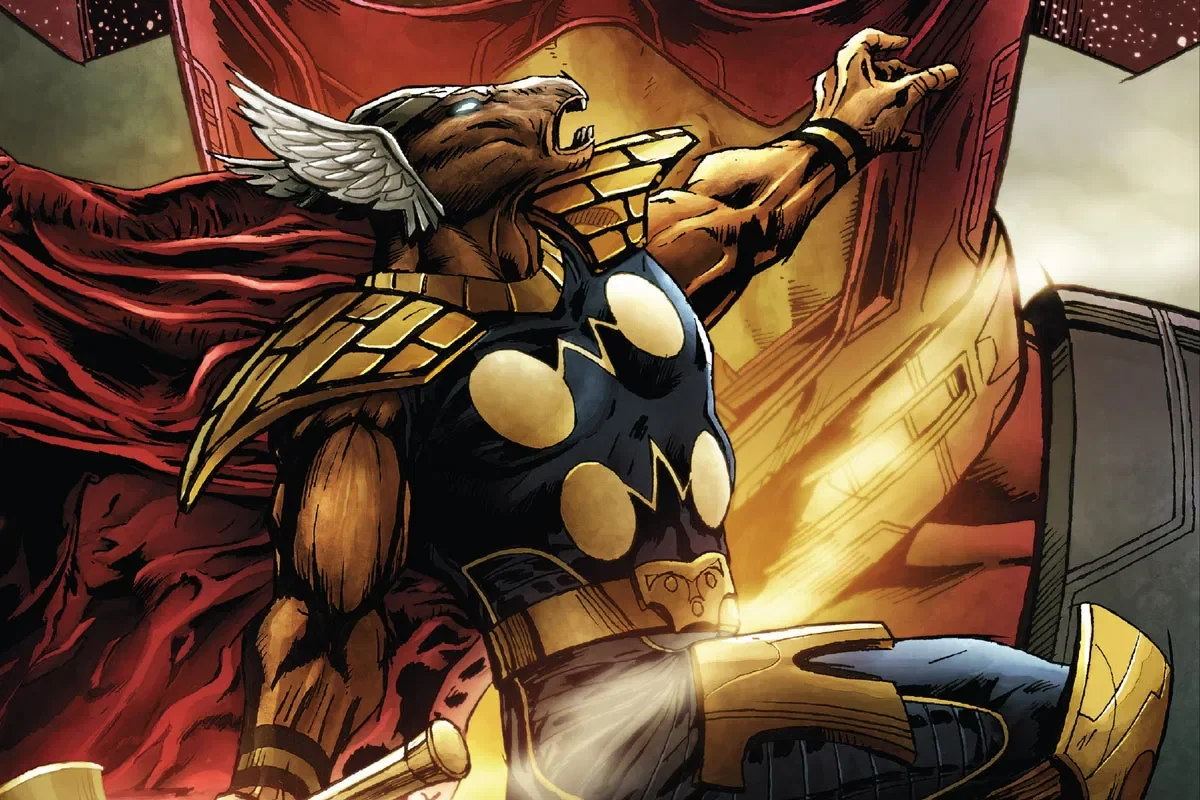
As a longtime cinema devotee, I always loved the way they introduced Beta Ray Bill. He didn’t just *get* a powerful weapon; he earned it through an incredible trial-by-combat, proving he was worthy to wield its power. This led to the forging of Stormbreaker, which quickly became his iconic weapon. What I found particularly interesting was that his story made it clear that being worthy wasn’t about *what* you were, but *who* you were, regardless of species. It also established that Asgardian artifacts weren’t necessarily one-of-a-kind – they could be duplicated or even re-enchanted to empower new champions. It really expanded the lore!
Thor’s work with Bill establishes official procedures for how they’ll work together when facing common dangers and needing to move people between planets, especially because Bill is responsible for people who have been forced to leave their homes. Having Stormbreaker in the stories also gives writers another powerful hammer they can use in battles, allowing for interesting teamwork where two heroes who are strong enough to wield them can share control of the fight.
Donald Blake and the Alter-Ego Evolution
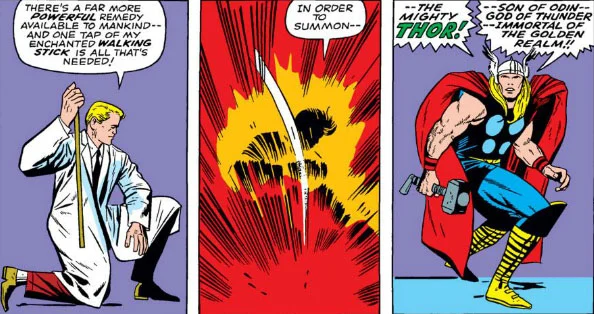
Initially, stories connected Thor to the doctor Donald Blake. This allowed Thor to change from a doctor with a staff into the hammer-wielding god, grounding him in a human experience. This setup naturally led to stories happening in medical environments – like hospitals – featuring rescues and ethical challenges related to treating patients and deciding who needed help first.
Later stories changed Blake’s character, portraying him as a being with problems controlling his own actions, ultimately becoming an enemy. This led to plots where Blake clashes with Asgardians after spending a long time alone. This development keeps the original story’s focus on medicine and relatable human struggles, but modernizes the idea of a hidden identity into a conflict within the Asgardian world, complete with established rules and repercussions.
King of Asgard and the Odinforce/Thorforce

Upon becoming king, Thor gains the Odinforce-frequently called the Thorforce when he wields it-which greatly enhances his ability to control energy, see the future, and perform feats that border on altering reality. This change in power moves him from being a warrior who fights on the front lines to a ruler who focuses on strategy, including managing resources throughout the realms and ensuring treaties are followed.
This position establishes clear leadership for the Einherjar, Valkyrie operations, and access to the Bifrost, ensuring military choices reflect broader, cosmic responsibilities. It also sets limits-rules for who takes over, advice from a council, and concern for the well-being of citizens-which determine when and how Thor can directly act on Earth or in other realms. Essentially, it formalizes authority and sets boundaries for Thor’s interventions.
Jane Foster’s Tenure as ‘The Mighty Thor’

In a significant turning point, Jane Foster takes up Mjolnir in ‘The Mighty Thor’, setting a new standard for heroes other than Asgardians to become worthy wielders. This period clearly defines how the hammer judges qualities like bravery, self-sacrifice, and commitment, and it thoroughly explores both the physical advantages and disadvantages of using Asgardian power. It’s a pivotal moment in the history of the hammer.
To ensure a smooth narrative flow, this section details how laws, official titles, and military leadership change when a new hero wields the hammer. It also explains the distinction between Thor-the role or title-and Odinson-the individual-allowing future storylines to shift these roles without causing confusion or breaking existing agreements and duties.
Rogues, Sagas, and Realm-Threats
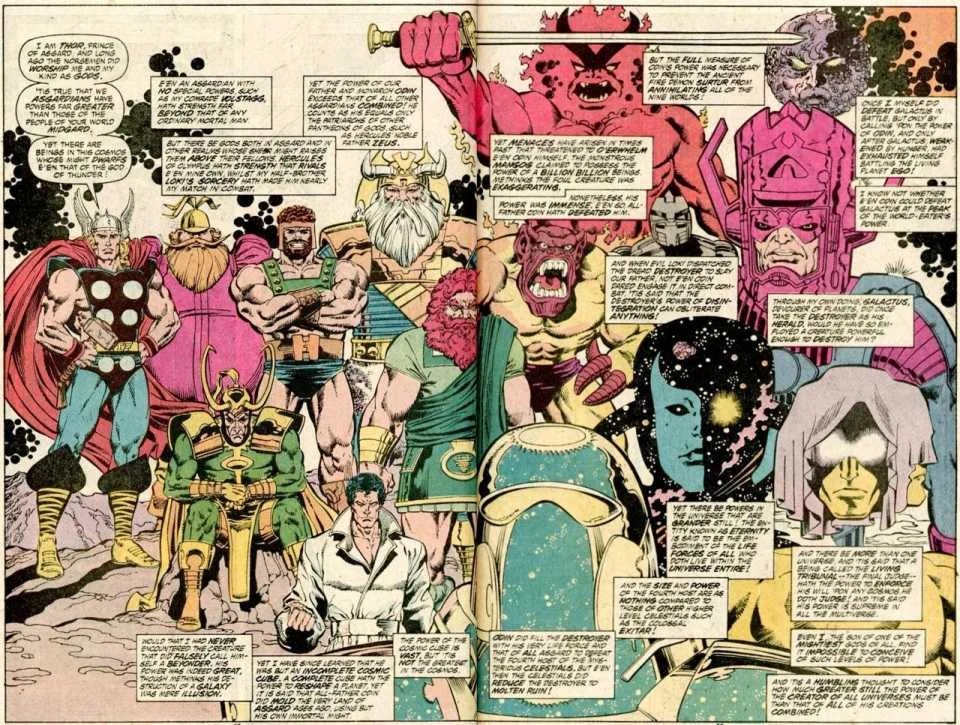
As a huge fan of Thor, I’ve always been fascinated by the villains he faces. They really run the gamut, from magical threats like Loki and the Enchantress, to powerful beings like giants such as Hela and Surtur, and even cosmic predators like Mangog and Gorr the God Butcher. It’s great because these enemies constantly challenge Thor in different ways – he’s always having to master his storm powers, figure out how to break enchantments, and protect powerful artifacts. It keeps the stories fresh, moving between magical battles, physical fights, and conflicts that really make you think. It’s a fantastic mix of magic, muscle, and stories driven by big philosophical ideas.
As a huge fan of these epic storylines – things like ‘God of Thunder’ and ‘War of the Realms’, especially when they really dive into Asgard – I’ve noticed a pattern. It always seems to escalate in the same way: entire realms are threatened, there’s a fight over the Bifrost, and suddenly Earth is the most important place in the universe. What’s really interesting is how these stories don’t just focus on the battles, but also on the nitty-gritty details. We see things like how they manage refugees from different realms, how they get other heroes to team up, and even how they deploy powerful artifacts when everything’s going wrong – it’s like they’re following a crisis protocol. It’s fascinating to see that level of detail in these large-scale sagas.
Alternate and Enhanced Incarnations
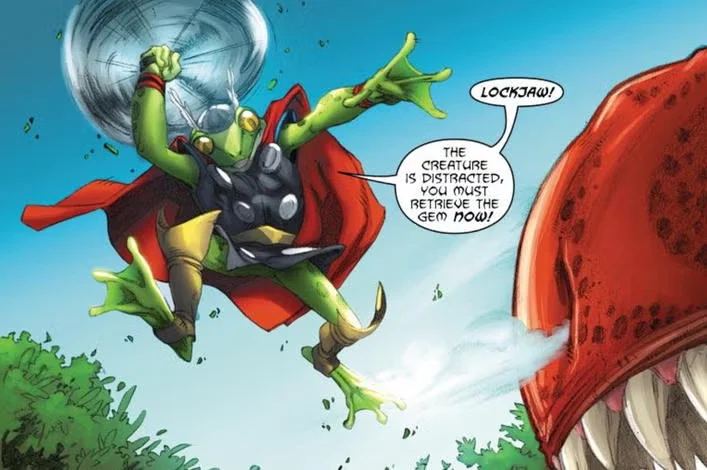
Marvel’s history includes many different versions of Thor, each with unique abilities and power levels. These include forms like Rune King Thor, Ultimate Thor, King Thor, and even unusual cases like Throg. Each version has different limits on how much energy they can control, how tough they are, and how aware they are of other dimensions. This gives writers a range of choices when creating stories, from huge cosmic events to smaller, more personal conflicts.
These different versions of Thor also serve as examples for comparison. They show us how runes, the power of the throne, or changes to the past affect what Thor can do and what he’s responsible for. When the main Thor gains new abilities-through understanding runes, the Odinforce, or agreements with cosmic beings-previous versions offer a clear idea of what to expect in terms of both potential and danger.
Share your favorite Marvel Thor storyline—or the moment that made you a fan—in the comments!
Read More
- Fed’s Rate Stasis and Crypto’s Unseen Dance
- Blake Lively-Justin Baldoni’s Deposition Postponed to THIS Date Amid Ongoing Legal Battle, Here’s Why
- Ridley Scott Reveals He Turned Down $20 Million to Direct TERMINATOR 3
- Gold Rate Forecast
- BTC Dumps to $90K, HYPE Crashes 9%-What’s Next? 🚀💥
- Dogecoin’s Decline and the Fed’s Shadow
- Top 10 Coolest Things About Indiana Jones
- Global-e Online: A Portfolio Manager’s Take on Tariffs and Triumphs
- ETH to the Moon? 🚀 Or Just a Bubble?
- The VIX Drop: A Contrarian’s Guide to Market Myths
2025-10-02 17:00